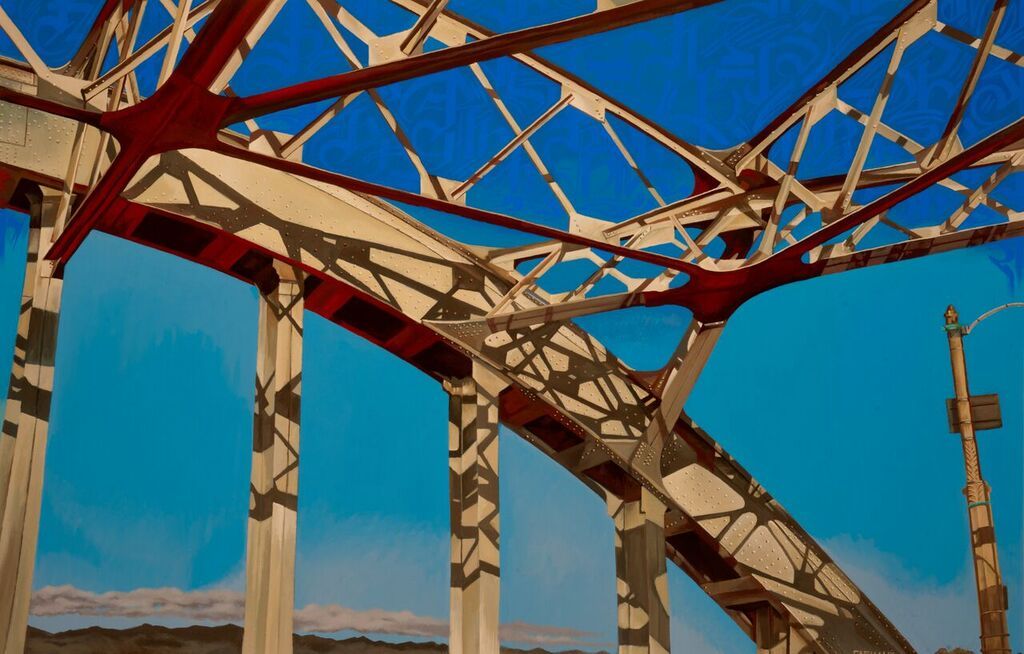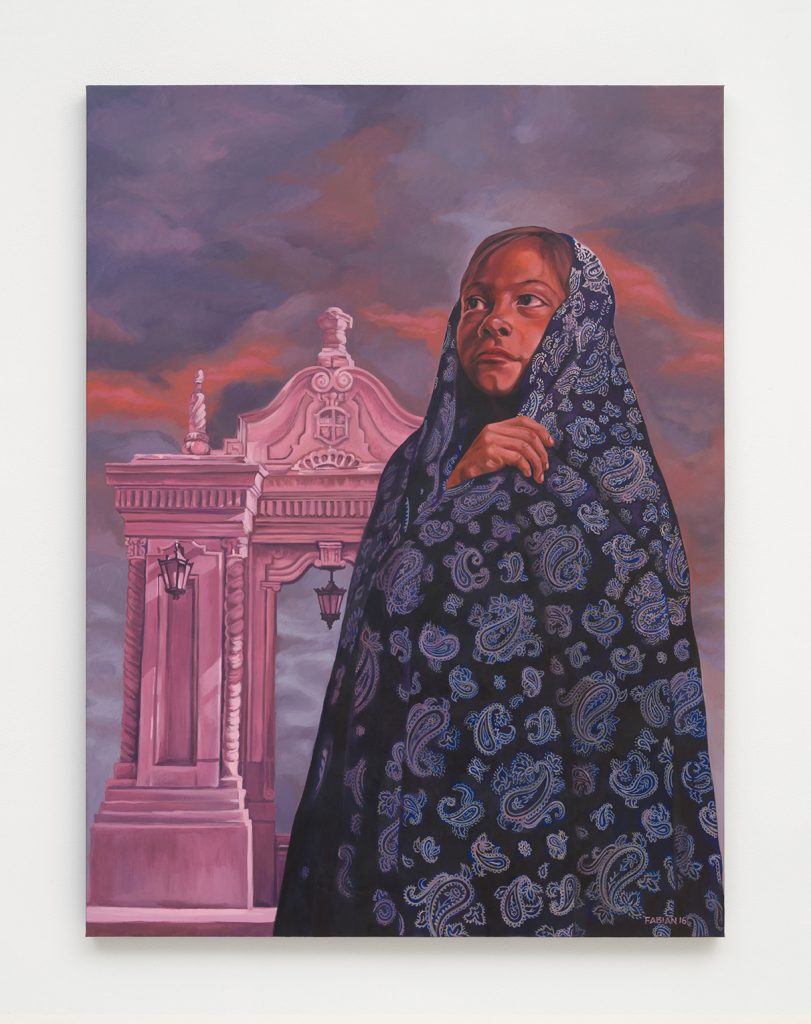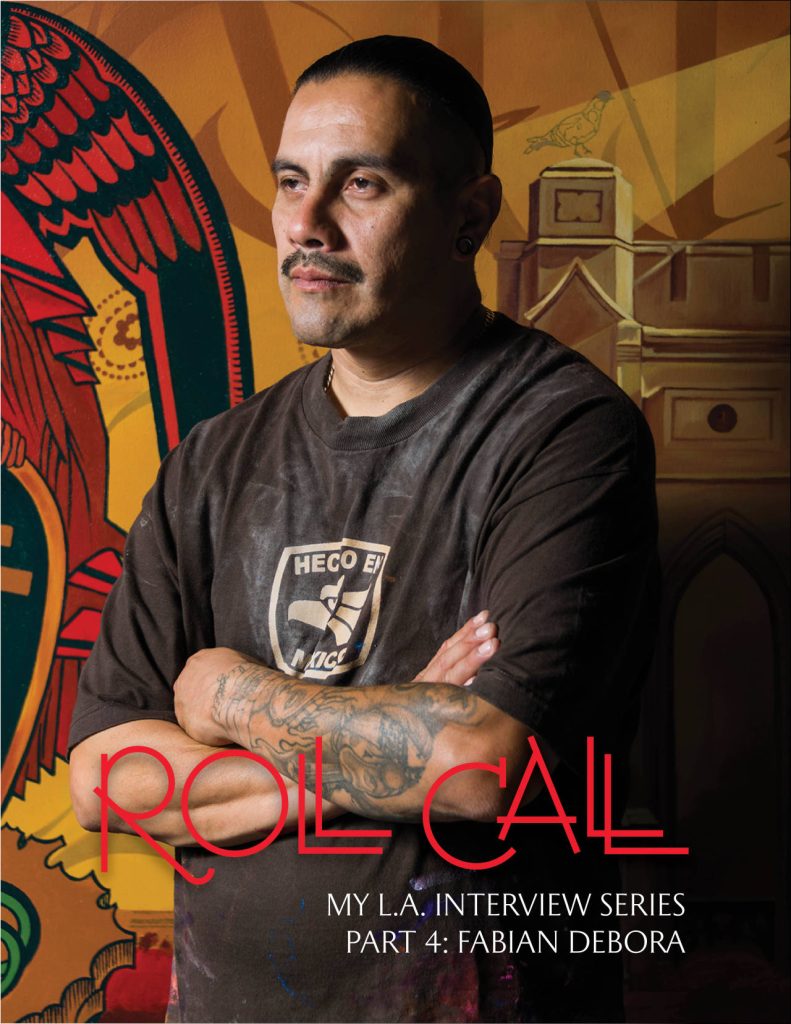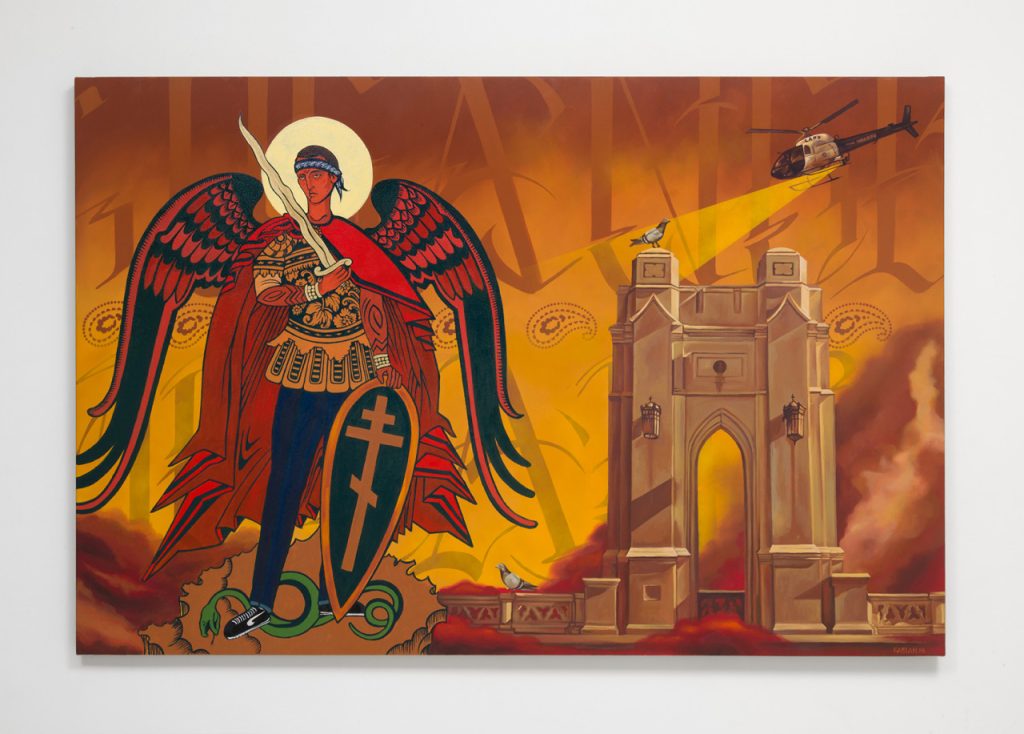



MY LA INTERVIEW SERIES with FABIAN DEBORA
Where did you grow up in LA?
Boyle Heights.
What is your favorite thing about Los Angeles?
Los Angeles for me, I appreciate the diversity, the diversity which is the make-up of Los Angeles. The bridges of LA to me have signified a way of transcendence from one point to another. LA bridges as a kid were my refuge, a big brother. Regardless of what life threw at me the bridges always kept me hopeful and sane. The 6th Street Bridge used to be my favorite but right now they are remodeling. It was the connection for me between Boyle Heights and Los Angeles. So it was the biggest and the tallest growing up. When I was a kid, I wanted to avoid all the gangs and everything that was happening in the housing projects, so I would go under the 6th Street Bridge, my refuge, and I would glance up and feel protected. It felt like angel wings, to me that bridge always gave me comfort. A place for me to recollect my thoughts.
Where do you find inspiration for your studio practice?
The people are my inspiration, my responsibility as an artist is to return the image of the gang member back to its humanity by breaking the stereotypes through identity, culture, religion, and gender. When I drive through the city I see images, the city of Los Angeles as a whole inspired me to encapsulate time. Not only capture the voice of my community, but to give my audience a window into what LA was, and what it can become, and this is the voice of my people. Everything matters, remembrance of those who were. When I see these bridges for me it’s like someone took the time to design that, an architect, an artist, how do I take that and portray that in my work so that they aren’t forgotten.
Favorite eat in LA?
I would have to go with Ciro’s, it’s a mom and pop restaurant that now has become a landmark. It’s been there since 70s or even earlier. They’re known for their guacamole and their flautas. That place has more meaning to me. Before my father passed away, we were living on welfare. Every time that check would come, we would go to Ciro’s. It was a big deal. It’s amazing that now it’s become a hot spot.
Favorite work of art?
One of the ones that still lingers was a beginning of a new era in my own work, the Zoot Suit Riot work by Vincent Valdez, who was my mentor. It’s like a bar fight that captured the riots of the Zoot Suit era, which means a lot to me as a first generation Mexican-American. Most importantly, the technique, and when I saw that painting I said, “one day I want to paint like that” and 6 months later I met Vincent Valdez who then became my mentor. It means a lot to me. He helped me take my artwork to a whole new level.
Studio playlist highlights?
I’m a person that comes from hip hop. So when I listen to music I have to go way back to the 80s hip hop era, so like Grandmaster Flash, Biz Markie, Run DMC, Slick Rick. At the same time I can’t live without oldies, Marvin Gaye, Mary Wells, Lou Magic. I grew up around oldies as a kid it always kept me calm, that music is very artistic, and from the heart so it’s the perfect music to create to. And hip hop gets me pumped, up and it takes me back to that era when I was out there spray painting, so when I see a canvas I see it as a wall.
Visit our website to learn more about Fabian and his work: http://lalouver.com/ROLL-CALL-artists/#fabian-debora
ROLL CALL , 11 artists from L.A., curated by Gajin Fujita, is on view through 14 January 2017.
IMAGES: (top to bottomn / left to right) Fabian Debora, Steel Life, 2013, acrylic on canvas; Fabian Debora, My Urban Temple, 2016, acrylic on canvas; Portrait of Fabian Deborah; Fabian Debora, Ghetto Birds, 2016, acrylic on canvas;
